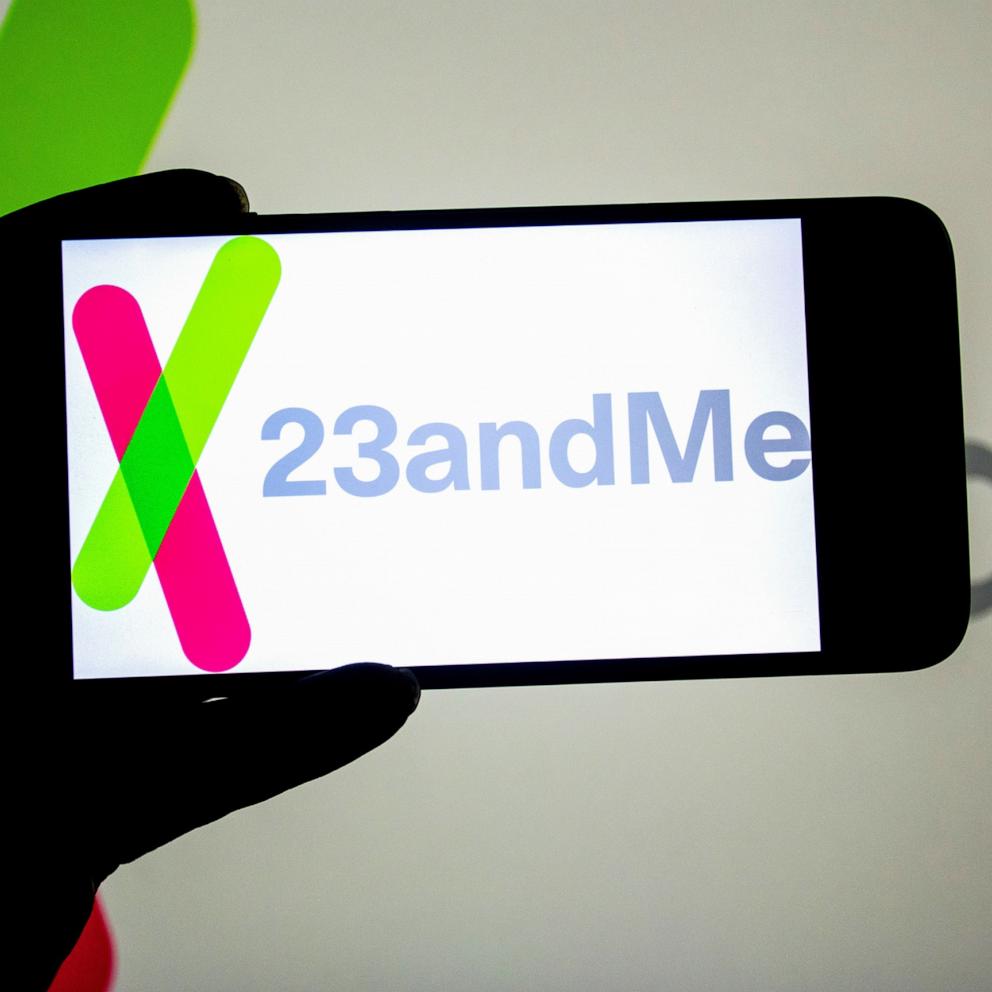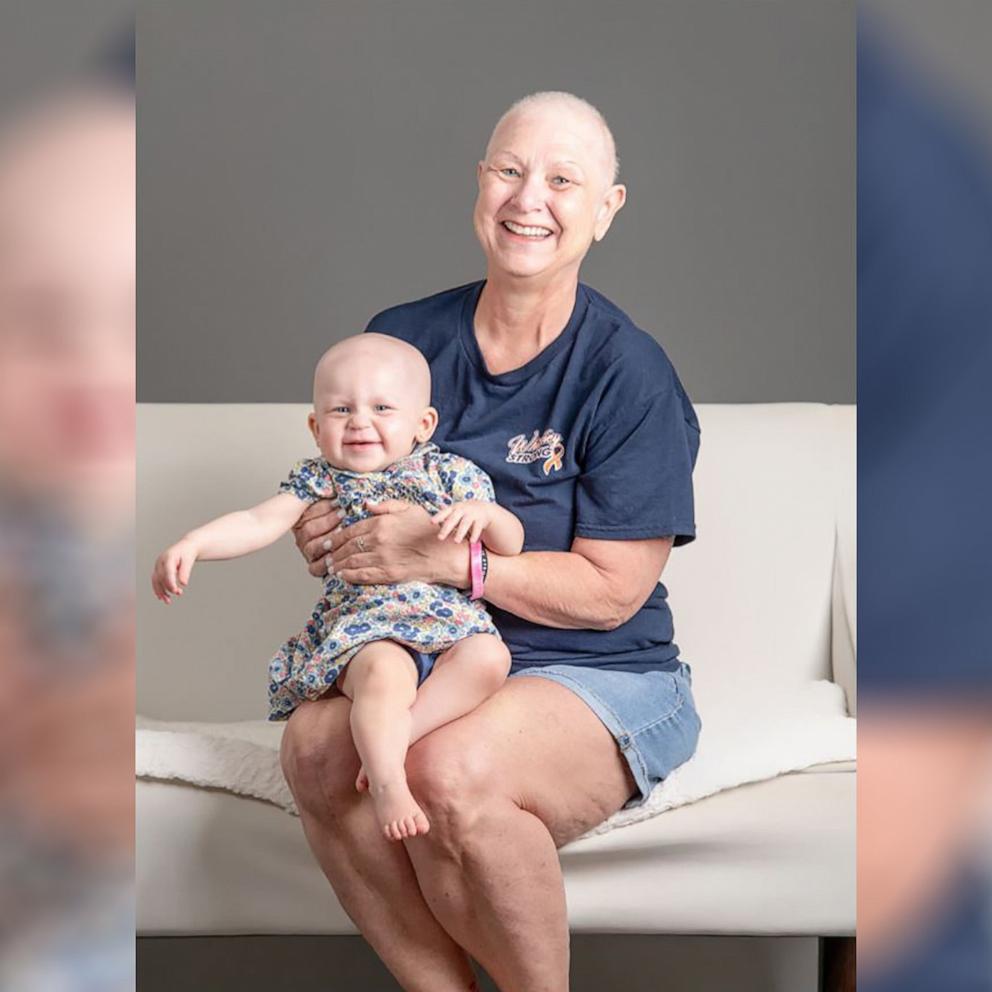Runner with Dwarfism: There Is No Typical Marathon Body
May 2, 2013— -- For years, doctors told John Young that because he had achondroplasia, the most common form of dwarfism, he couldn't run.
Young, a 47-year-old teacher at the Pingree School in South Hamilton, Mass., is 4-foot-4-inches tall.
But on Tuesday, Young finished the final half mile of his first Boston Marathon more than two weeks after the April 15 bombing ended it half a mile early for him. As he reached his family near the finish line, his son put the marathon medal over his head.
"I lost it," he told ABCNews.com. "I was just weeping."
His 10-year-old son, Owen, had been waiting at the finish line with Young's wife, Sue Casey, when the bombs exploded. They were unharmed, but Young said he wanted to give Owen a happy memory of the area.
"He said, 'Dad, all I want to do is put the medal around your neck when you cross the finish line,'" Young said. "I'm amazed at how strong he was."
But Young was strong, too. His journey to the marathon started seven years ago, when his wife suggested he might have sleep apnea -- or difficulty breathing during sleep --which is a common complication of dwarfism. It's also common in people who are overweight, which Young was at the time.
Not long after he sought treatment for sleep apnea, he started to feel more energetic, so he started to exercise by swimming and riding his bike. He didn't run, but he was losing weight.
RELATED: World's Smallest Dwarf Siblings Live Large at College
One day Young came across a YouTube video of Team Hoyt. Rick Hoyt, 51, has cerebral palsy, but his father, Dick Hoyt, 72, pushes him in a wheelchair during runs, pulls him in a special boat during swims and rides with him on a tandem bike. They did dozens of distance races a year, including 247 triathlons and 70 marathons -- 30 of which were in Boston.
"I got very emotional watching," Young said. "I thought if this father can do this with his son, I think I can do a triathlon."
He signed up for his first triathlon in 2009, but he skipped the running part.
"When I saw everyone else getting off the bike and running, I thought, 'I really need to do a full triathlon,'" he said.
Because people with achondroplasia have narrow spinal columns at the base of the spine, they can experience numbness or back pain during running. But Young said running never hurt him. Although many doctors tell people with dwarfism to avoid running entirely, Young's doctor was supportive.
"His adage is, If it doesn't hurt, don't stop," Young said.
Four weeks later, Young raced in a triathlon with a 3-mile running portion. Since then, he's done more than 20 triathlons, including two half-"Iron Man" distances, which included a 1.2 mile swim, a 56-mile bike ride and a half marathon, which is 13.1 miles. It takes him about 8 and a half hours to complete.
To prepare for a full Iron Man, he would need to do a marathon, so he signed up for the New York City Marathon, which was canceled because of Superstorm Sandy. So two weeks later, he did one in Plymouth, Mass., finishing in 6 hours and 20 minutes.
To his surprise, he qualified for the mobility-impaired division of the Boston Marathon. Young and 26-year-old Juli Windsor were to be the first people with dwarfism to ever compete in it, which didn't surprise him because he often looks for athletes like himself, but he almost never finds them. Windsor is 20 years his junior, but she reminded him that he could push himself to run faster.



